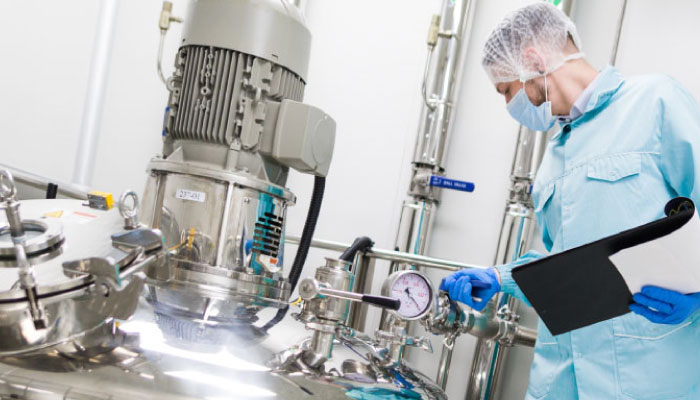One Piece Flow is the main element of becoming lean. The “one” word does not have a literal meaning. It must be  related to the requirements of the customer and can be one unit of order. Although, it means that the organization should process only what the customer requires, it the quantity the customer wants and when the customer wants.
related to the requirements of the customer and can be one unit of order. Although, it means that the organization should process only what the customer requires, it the quantity the customer wants and when the customer wants.
One piece flow, which is also referred to as continuous flow manufacturing, is a method which is used to manufacture components in a cellular environment. The cell consists of an area where everything that is required to process the part is within easy reach, and there is no part which is allowed to go the next stage unless the previous stage has been completed. The objectives of one piece flow is to create one part at a time properly every time to achieve it without long queue times. One-piece flow analyzes the sequence of product or of transactional activities through processing one unit at a time. Batch processing, in contrast, creates a lot of products or it works on a large number of transactions at a time – which sends them together as a group through every operational step. The employees’ effort in one-piece flow is focused on the manufacturing process as it is rather than on storing inventory, waiting and transporting products. It makes the production process flow smoothly – a piece at a time, which results in creating a uniform workload for every employees involved.
Incorporating one piece flow method in your work will result in many advantages. Here are some of those advantages –
- The operating cost is reduced as it makes non value – added work more evident, which assists you in eliminating waste
- It provides you and your organization with the flexibility to meet customer requirements for a particular product at a specific time
- Any problems of defects in products units will be revealed early at the time of the production process
- The damage which can occur to product units during batch processing can be reduced greatly
- One – piece flow will reduce the energy, space and labor that is put by the employees in transporting and storing big batches or lots by reducing excess inventory
- It assists in preventing the production delays and wait times which might occur during the batch processing
- It also reduces the time that elapses between a customer order and shipment of the finished product.
To learn more about how to deal with process that will simply will not accept one piece flow, join expert speaker Rick Reed, in a Webinar titled “Continuous (One Piece) Flow Is the Goal but What Do You Do When It Does not Work”. This session will provide attendees will guidance on improving quality and delivery performance, as well as, overall employee and customer satisfaction. It’s a must attend session for attendees looking to improve on their overall manufacturing quality.



